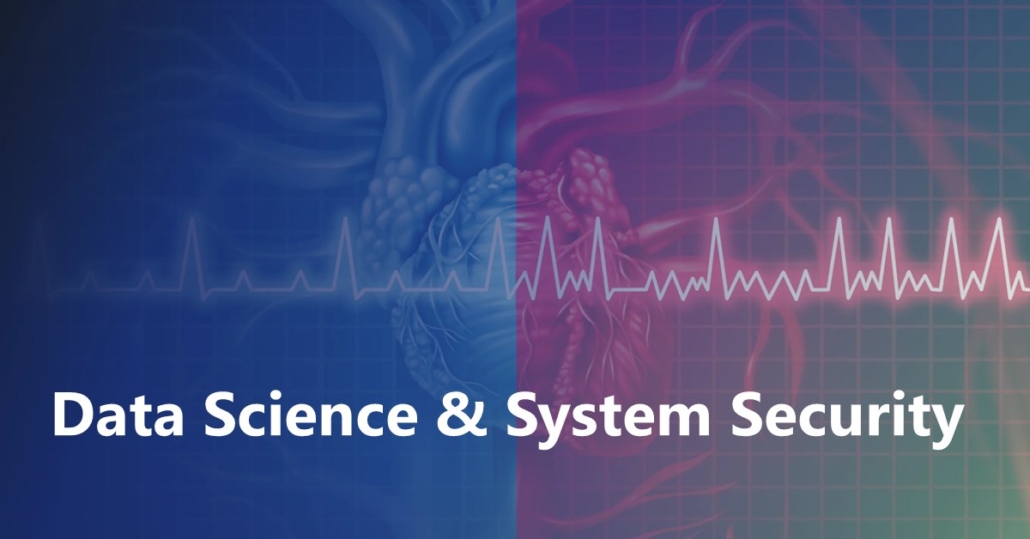Exploiting Graph Regularized Multi-dimensional Hawkes Processes for Modeling Events with Spatio-temporal Characteristics
Multi-dimensional Hawkes processes (MHP) has been widely used for modeling temporal events. However, when MHP was used for modeling events with spatio-temporal characteristics, the spatial information was often ignored despite its importance. In this paper, we introduce a framework to exploit MHP for modeling spatio-temporal events by considering both temporal and spatial information. Specifically, we design a graph regularization method to effectively integrate the prior spatial structure into MHP for learning influence matrix between different locations. Indeed, the prior spatial structure can be first represented as a connection graph. Then, a multi-view method is utilized for the alignment of the prior connection graph and influence matrix while preserving the sparsity and low-rank properties of the kernel matrix. Moreover, we develop an optimization scheme using an alternating direction method of multipliers to solve the resulting optimization problem. Finally, the experimental results show that we are able to learn the interaction patterns between different geographical areas more effectively with prior connection graph introduced for regularization.


